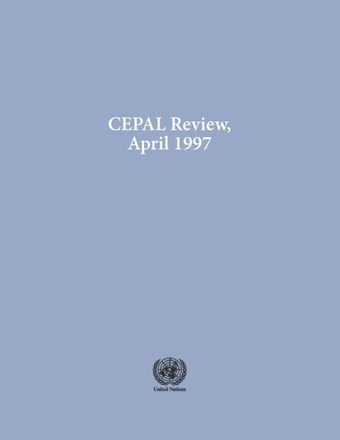-
Notes on the measurement of poverty by the income method
- Source: CEPAL Review, Volume 1997, Issue 61, Jul 1997, p. 119 - 133
- Spanish
-
- 26 Jul 1997
Abstract
The fact that different studies seeking to measure poverty in a given country often give differing results, although they apparently use the same method and the same data sources, has long given rise to a feeling of confusion among both experts in the field and the public in general. Such discrepancies (regarding the size of the phenomenon and the characteristics of households considered to be poor) reduce the credibility and technical reliability of these measurements, shed doubts on estimates of the level and evolution of poverty, and hinder international comparisons. This is why it is important to foster greater consensus among researchers regarding the criteria and procedures to be used, with a view to progressing towards a common pattern which will make the measurements more consistent and homogeneous and guarantee their effective comparability.





